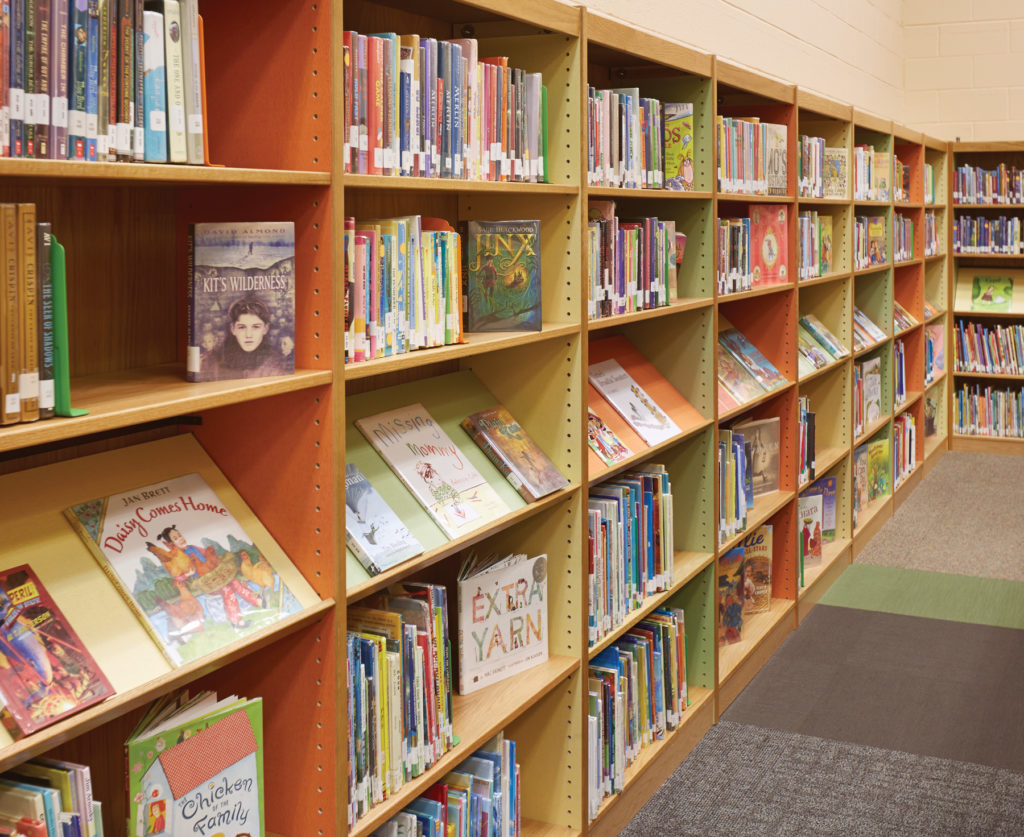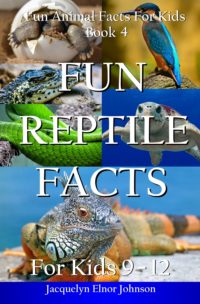
Pets and Kids – A Natural Combination!
Pets and kids belong together for many reasons. Observing creatures up close, including pets, teaches our children about the natural world. Caring for pets requires cooperation, while helping children grow in their skills in empathy and taking responsibility for others.
In the classroom, pets can help in lessons in biology, habitats and inspire creative thinking, art projects or communication prompts. They also help children learn about kindness, cooperation, caring and sharing.
Yet, before getting a pet, in the classroom or at home, children need to learn how to be responsible pet parents. All the pet and animal titles by Crimson Hill Books are designed with this focus, presenting accurate and practical information for young readers who are first-time pet owners (or would like to be).
Readability and Age-Range
Crimson Hill Books for children test at Flesch-Kincaid U.S. Grade Level 4. The books can be read to younger children and read by strong readers in Grade 3 and all readers in Grades 4 through Middle Years. They encourage reluctant readers and are also appropriate for students learning English as an additional language.
Curriculum Relevance
Common Core relevance: habitats, geography (where animals live and why), reading and literacy, communication (writing and speaking prompts) and mathematics (measurements and fractions are used for feeding pets, measuring the temperatures of their tanks and in other ways).
Choosing a classroom pet
Students can work as teams to choose the best pet for your classroom. You could have each team investigate one type of pet, such as mammals, reptiles, fish, amphibians or insects. Or you could assign each group to investigate one pet, such as rabbits, gerbils, hamsters, fish, bearded dragons, leopard geckos, dogs or cats.
What do you, as a teacher, need to know before choosing a classroom pet?






